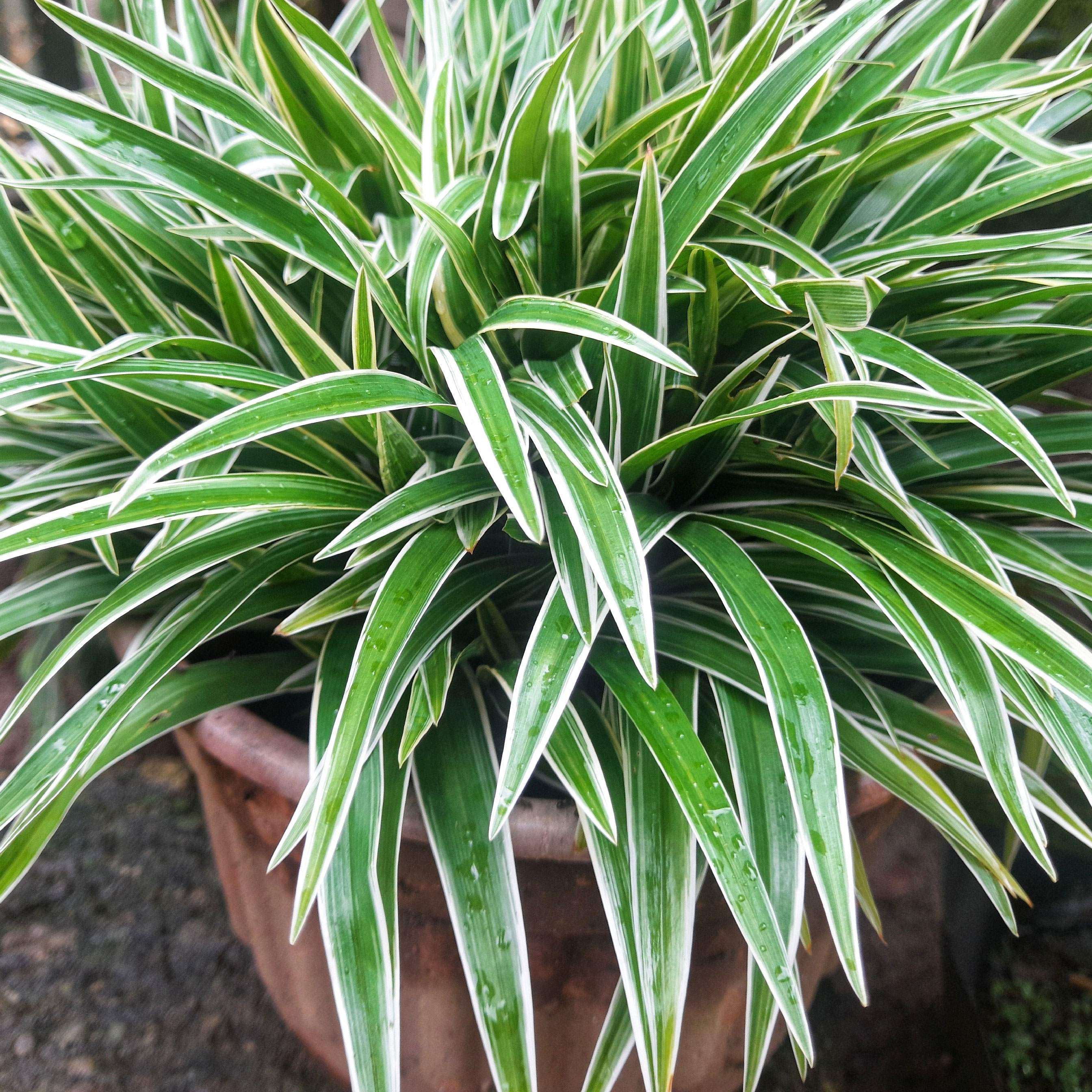Avocado Texas Root Rot – Controlling Cotton Root Rot Of Avocado Tree

Cotton root rot of avocado, also known as avocado Texas root rot, is a destructive fungal disease that occurs in hot summer climates, especially where soil is highly alkaline. It is widespread in northern Mexico and throughout the south, central, and southwestern United States. Avocado cotton root rot is bad news for avocado trees. Often, the best recourse is to remove the diseased tree and plant a palm or another more resistant tree. Certain management practices may help minimize the impact of avocado with Texas root rot. Many are prohibitively expensive, but none have proven to be highly effective. Recognizing the symptoms of avocado cotton root rot may be helpful. Read on to learn more.
Symptoms of Avocado Cotton Root Rot
Symptoms of cotton root rot of avocado generally shows up first during the summer when soil temperatures reach at least 82 degrees F. (28 C.). The first symptoms include yellowing of the upper leaves, followed by wilt within a day or two. Wilting of the lower leaves follows within another 72 hours and more serious, permanent wilt is usually evident by the third day. Soon, leaves drop and all that remains are dead and dying branches. Death of the entire tree follows – which may take months or may occur suddenly, depending on environmental conditions, soil, and management practices. Another telltale sign is circular mats of white, moldy spores that often form on the soil around dead trees. The mats darken to tan and dissipate in a few days.
Preventing Cotton Root Rot of Avocado
The following tips may help you treat and prevent avocado cotton root rot. Plant avocado trees in loose, well-drained soil and plant only certified disease-free avocado trees. Also, don’t plant avocado trees (or other susceptible plants) if soil is known to be infected. Remember that the fungus can survive in soil for many years. Water carefully to prevent run-off of infected soil and water to uninfected areas. Add organic matter to the soil. Experts think that organic matter may enhance the activity of microorganisms that keep the fungus in check. Consider planting a barrier of resistant plants around the infected area to limit spread of the disease. Many growers find that grain sorghum is a highly effective barrier plant. Note that native desert plants are usually resistant or tolerant of cotton root rot. Corn is also a non-host plant that often does well in infected soil.
Gardening tips, videos, info and more delivered right to your inbox!
Sign up for the Gardening Know How newsletter today and receive a free copy of our e-book "How to Grow Delicious Tomatoes".

A Credentialed Garden Writer, Mary H. Dyer was with Gardening Know How in the very beginning, publishing articles as early as 2007.
-
 Want To Know How To Make A Spider Plant Bushier? 4 Secrets For Lush & Bushy Spiders
Want To Know How To Make A Spider Plant Bushier? 4 Secrets For Lush & Bushy SpidersAre you looking for ways to make your spider plant look bigger or more dramatic? Follow these quick and easy tips on how to make a spider plant bushier
By Teo Spengler
-
 What Is A Pollinator Garden? Grow Gorgeous Blooms While Benefiting Your Local Ecosystem
What Is A Pollinator Garden? Grow Gorgeous Blooms While Benefiting Your Local EcosystemPollinator gardens look great and also provide a diverse ecosystem that benefits your local pollinating insects and animals. Get started today with this guide!
By Bonnie L. Grant